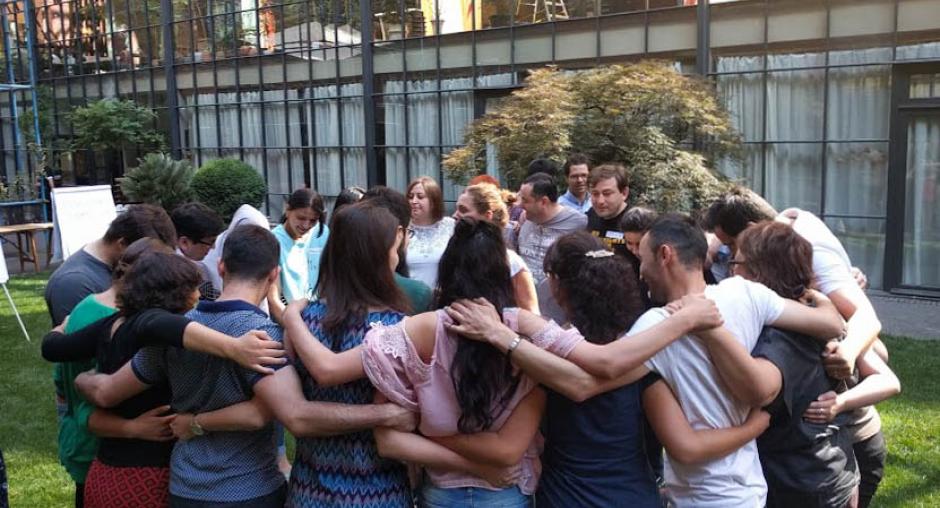Threats and attacks against human rights defenders on the rise, says OSCE/ODIHR report

Threats and attacks against human rights defenders in the OSCE area have continued to increase in severity and frequency over the last three years, according to a report by the OSCE Office for Democratic Institutions and Human Rights (ODIHR) released on 15 September 2017.
The report, “The Responsibility of States: Protection of Human Rights Defenders in the OSCE Region (2014-2016)”, was released on the sidelines of this year’s Human Dimension Implementation Meeting, in Warsaw. It assesses the implementation by OSCE participating States of the international standards outlined in the Guidelines on the Protection of Human Rights Defenders, published by ODIHR in 2014.
“The findings in this report point to a shrinking of public space in which civil society is able to effectively play its important role in helping to protect and promote the human rights of the members of all of our societies,” said Ingibjörg Sólrún Gísladóttir, ODIHR Director. “Threats and attacks against human rights defenders are doubly harmful: to their own safety and security and to those of people they work to protect.”
In its report, ODIHR found that human rights defenders across the OSCE region have experienced undue restrictions on their equal enjoyment of human rights and fundamental freedoms, and have been subjected to threats and attacks by both state and non-state actors, for which perpetrators were often not held to account. Of special concern, ODIHR found that the human rights defenders most at risk of abuses were those protecting the rights of women, ethnic minorities and LGBTI people.
In a positive development, ODIHR’s report also identified good practices by OSCE participating States in the protection of human rights defenders, including protection policies, programmes and mechanisms, as well as the consultation of human rights defenders in the drafting of legislation and policies impacting the enjoyment of human rights.
The information and conclusions in the report are based on inputs from OSCE participating States and field operations, as well as from human rights defenders and national human rights institutions from across the OSCE region.
